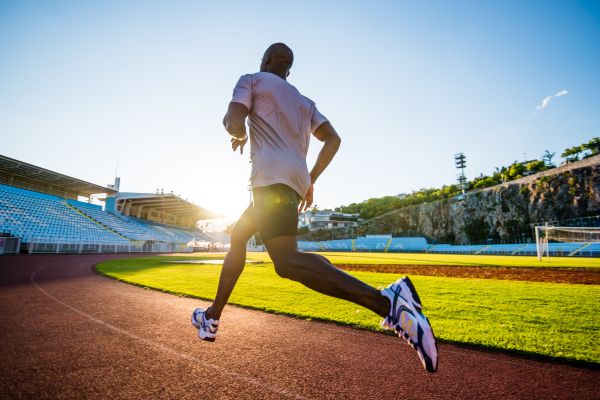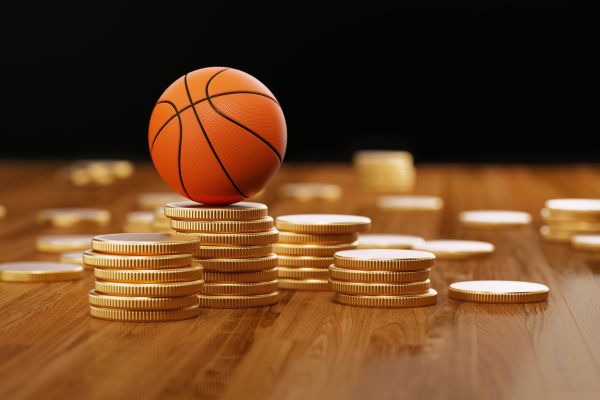When it comes to sports performance, most people think about strength training, endurance drills, or even mental toughness. But let’s be real—without proper hydration and electrolyte balance, even the fittest athlete can hit a wall. Electrolyte balance in sports is one of those behind-the-scenes factors that make or break performance. It doesn’t get as much hype as protein shakes or fancy running shoes, but it’s absolutely essential.
What Are Electrolytes Anyway?
Electrolytes are minerals like sodium, potassium, calcium, magnesium, and chloride. They carry an electric charge, which sounds technical, but here’s the thing—they’re basically the spark plugs for your body. They help nerves fire, muscles contract, and fluids move in and out of your cells. Without them, your body’s communication system breaks down.
If you’ve ever cramped up mid-game, felt dizzy after a long run, or just hit that “I can’t keep going” point, chances are your electrolyte balance was off.
Why Electrolyte Balance in Sports Is a Big Deal
In everyday life, your body keeps electrolytes fairly steady through food and water. But sports change the game. When you sweat, you’re not just losing water—you’re losing sodium, potassium, and other key minerals. The harder and longer you go, the more you lose.
For athletes, this means performance can drop fast if electrolytes aren’t replenished. Dehydration combined with low sodium or potassium can lead to fatigue, cramps, slower reaction times, and even dangerous conditions like heat exhaustion. That’s why electrolyte balance in sports isn’t just “nice to have”—it’s critical.
The Connection Between Sweat and Performance
Sweat isn’t just water dripping off your body. It’s loaded with electrolytes, especially sodium. Some athletes are “salty sweaters,” meaning they lose more sodium than average. You can usually tell by the white streaks on your clothes or that gritty feeling on your skin after a workout.
When too much sodium leaves your system, your muscles and nerves stop working efficiently. That’s when cramps kick in. And let’s be honest, nothing kills momentum like doubling over with a calf cramp right when you’re pushing hardest.
Signs of Electrolyte Imbalance
Sometimes the signs are subtle, sometimes not so much. Here’s what to look out for:
- Muscle cramps during or after exercise
- Dizziness or lightheadedness
- Fatigue that feels heavier than usual
- Headaches, nausea, or even confusion in extreme cases
Athletes who push through without addressing electrolyte balance in sports can face serious consequences. At best, performance suffers. At worst, it can lead to dangerous health conditions.
Replenishing Electrolytes the Right Way
Here’s the thing: not all sports drinks or supplements are created equal. Some are packed with sugar and artificial colors, which honestly aren’t doing you any favors. Others don’t provide the right balance of sodium, potassium, and magnesium that your body actually needs.
For most athletes, the goal is to replace what’s lost in sweat. That usually means:
- Sodium for fluid balance and nerve function
- Potassium for muscle contractions
- Magnesium for preventing cramps and fatigue
- Calcium for proper muscle and nerve activity
Some athletes stick to electrolyte-rich foods—bananas, oranges, yogurt, leafy greens. Others go with specialized sports drinks or electrolyte tablets, especially during long endurance sessions. The best choice often depends on the intensity and duration of your sport.
Timing Matters More Than You Think
Electrolyte balance in sports isn’t just about what you consume—it’s also about when you consume it. Pre-hydration with electrolytes before a big game or long run can give you a head start. During exercise, sipping on electrolyte fluids helps maintain balance, especially in hot conditions. Post-exercise, replenishment is crucial to recovery so your muscles and nerves bounce back faster.
Think of it like fueling a car. You don’t just fill the tank when it’s bone dry—you top up as needed to keep running smoothly.
Electrolytes and Different Sports
Not every sport demands the same electrolyte strategy. A sprinter might need less replenishment than a marathon runner because the duration is shorter. But endurance athletes, football players, or tennis players in hot conditions? They’re sweating buckets and need constant electrolyte support.
Even indoor sports like basketball can deplete electrolytes quickly, thanks to high-intensity bursts and heavy sweating. The takeaway: the type of sport matters when planning your electrolyte strategy.
Electrolyte Myths to Watch Out For
One common myth is that plain water is always enough. Truth is, if you’re exercising intensely for under an hour, water is probably fine. But for longer sessions, electrolytes become essential.
Another myth? That cramping is only from dehydration. Nope—it’s often linked more directly to low sodium or magnesium levels. So just chugging water won’t always solve the problem.
Keeping It Real
At the end of the day, electrolyte balance in sports is about listening to your body and giving it what it needs. Some days you’ll sweat more. Some days less. The key is being aware, experimenting with different replenishment strategies, and noticing what helps you perform and recover better.
No athlete wants to train hard only to be sidelined by something as preventable as an electrolyte imbalance. Staying on top of it means fewer cramps, steadier energy, and more time in the zone.
Final Thoughts
Electrolyte balance in sports may not sound flashy, but it’s one of the most important pieces of the performance puzzle. It’s the difference between finishing strong or fading out. Between pushing through or hitting a wall.
So, next time you’re gearing up for a workout or a big game, remember that electrolytes aren’t just a buzzword—they’re your body’s silent fuel system. Respect the balance, and you’ll feel the difference where it matters most: in your performance.



